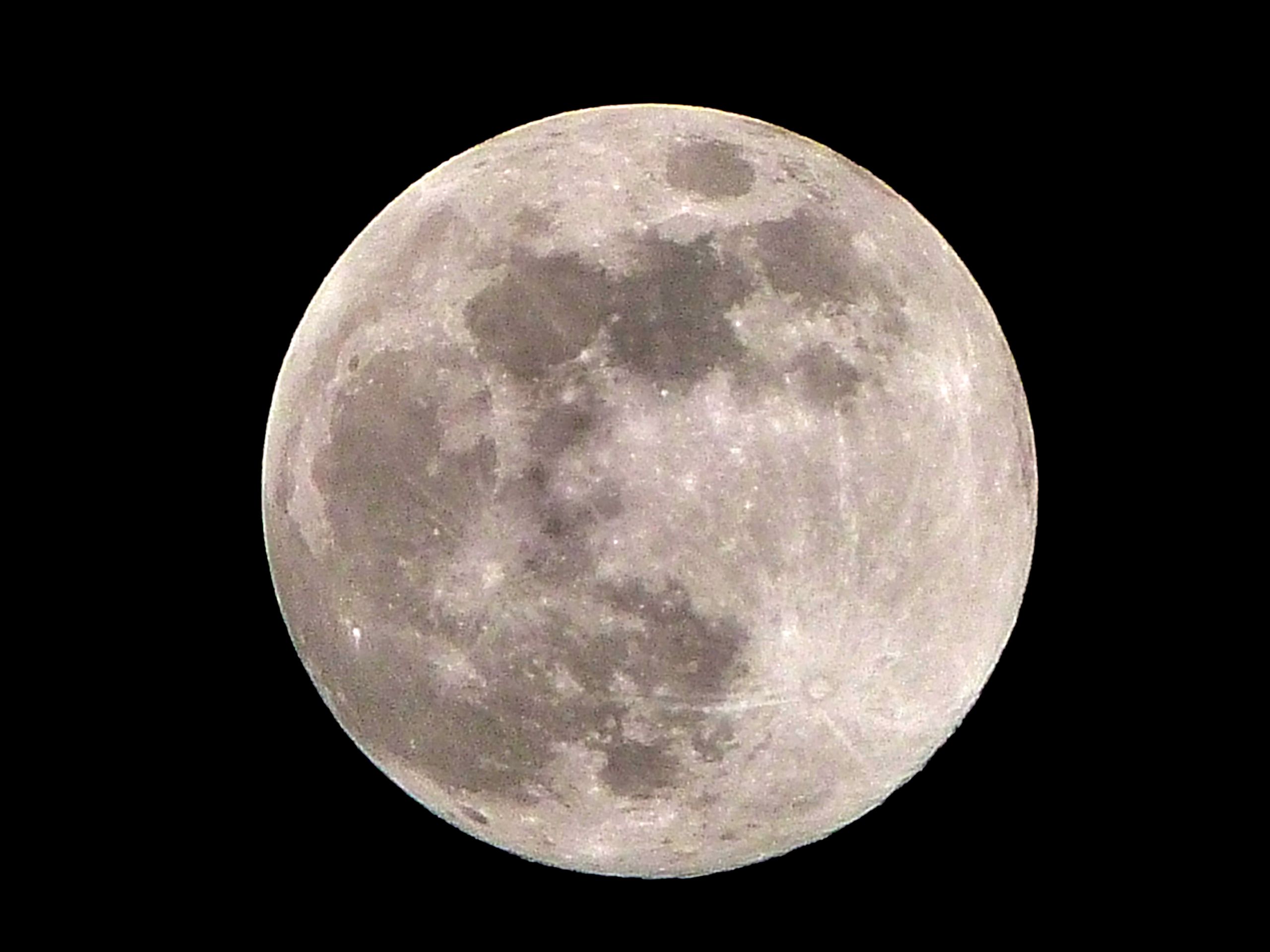
China and Russia plan to build a lunar research station together.
Leaders of the China National Space Administration (CNSA) and Roscosmos, Russia's federal space agency, signed a memorandum of understanding Tuesday (March 9) on the construction of a moon outpost called the International Lunar Research Station (ILRS).
"The ILRS is a comprehensive scientific experiment base with the capability of long-term autonomous operation, built on the lunar surface and/or [in] lunar orbit that will carry out multi-disciplinary and multi-objective scientific research activities such as lunar exploration and utilization, lunar-based observation, basic scientific experiment[s] and technical verification," CNSA officials wrote in an announcement Tuesday.
Related: Latest news about China's space program
CNSA and Roscosmos will "facilitate extensive cooperation in the ILRS, open to all interested countries and international partners, strengthen scientific research exchanges, and promote humanity’s exploration and use of outer space for peaceful purpose[s]," officials added.
The CNSA announcement did not provide a targeted timeline for the lunar research station, nor did a similar release put out by Roscosmos.
The United States is working on its own ambitious moon push with NASA's Artemis program. If all goes according to plan, Artemis will send astronauts to the lunar surface in the mid-2020s and establish a long-term, sustainable human presence on and around the moon by the end of the decade. NASA hopes that such work will help it get astronauts to Mars in the 2030s, agency officials have said.
Get the Space.com Newsletter
Breaking space news, the latest updates on rocket launches, skywatching events and more!
NASA isn't going it alone with Artemis. The agency has inked deals with numerous partners in the private sector, and eight other nations have signed the Artemis Accords, clearing the way for their participation in the program. (A ninth country, Brazil, has indicated that it intends to sign the Accords as well.)
Russia and China are not among the signatories. Russia has worked extensively with the United States in space, most notably on the International Space Station program, but Roscosmos chief Dmitry Rogozin recently said that the nation is unlikely to be an Artemis partner.
China cannot participate substantially in the NASA moon push, at least not without new U.S. legislation. Since 2011, NASA and the White House Office of Science and Technology Policy have been prohibited from cooperating on space projects with their Chinese counterparts, unless Congress approves such cooperation in advance.
Mike Wall is the author of "Out There" (Grand Central Publishing, 2018; illustrated by Karl Tate), a book about the search for alien life. Follow him on Twitter @michaeldwall. Follow us on Twitter @Spacedotcom or Facebook.
Join our Space Forums to keep talking space on the latest missions, night sky and more! And if you have a news tip, correction or comment, let us know at: community@space.com.

Michael Wall is a Senior Space Writer with Space.com and joined the team in 2010. He primarily covers exoplanets, spaceflight and military space, but has been known to dabble in the space art beat. His book about the search for alien life, "Out There," was published on Nov. 13, 2018. Before becoming a science writer, Michael worked as a herpetologist and wildlife biologist. He has a Ph.D. in evolutionary biology from the University of Sydney, Australia, a bachelor's degree from the University of Arizona, and a graduate certificate in science writing from the University of California, Santa Cruz. To find out what his latest project is, you can follow Michael on Twitter.









